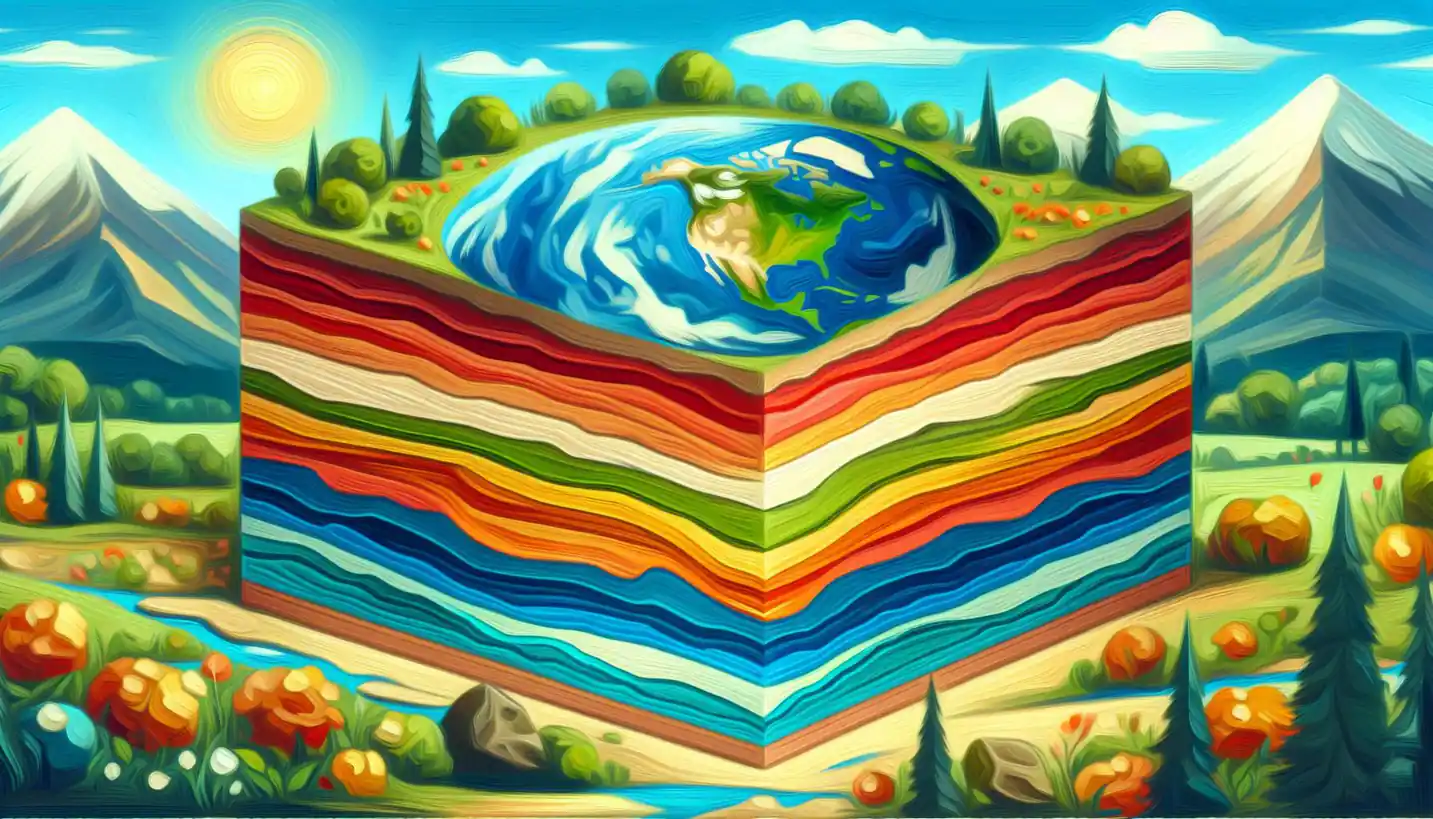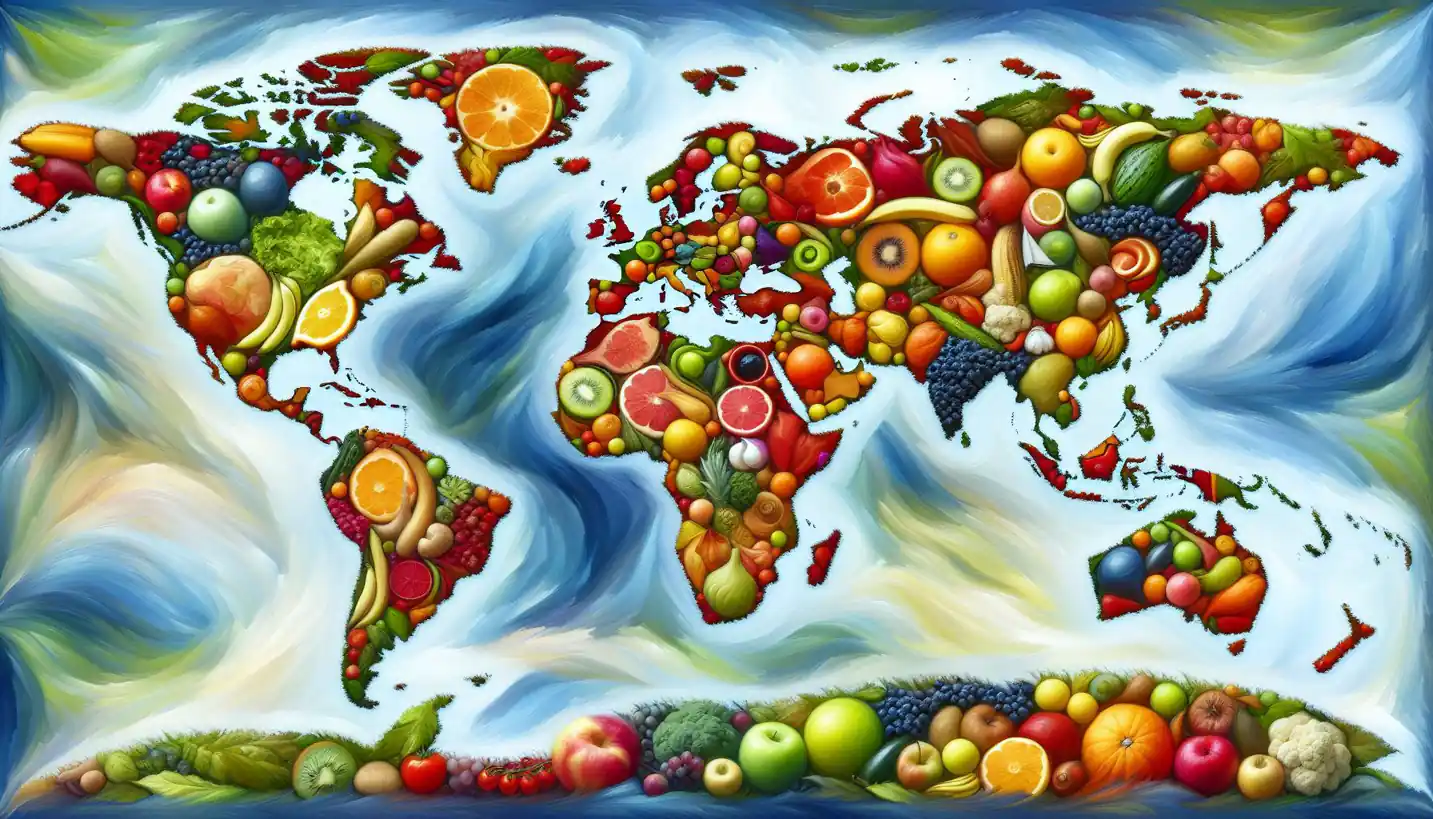· Geography · 5 min read
Spatial Perception: Exploring Our Mental Maps
Spatial perception helps us create mental maps to navigate our world. Discover how our brains interpret space in fascinating ways.

Our world is a vast, intricate web of places and spaces, and how we understand this web has been a point of intrigue for centuries. Spatial perception, a concept in behavioral geography, delves into how individuals and societies comprehend and interpret the spaces around them. It’s like having a mental GPS that guides us through our daily routines, but how does it work, and why is it significant? Let’s unravel the fascinating world of spatial perception, making it as relatable as finding your way to a new coffee shop.
Spatial perception is essentially the ability to be aware of and understand the world in three dimensions. It’s a mix of our physical senses and mental capabilities that help us navigate, interpret, and interact with the spaces we inhabit. Imagine how a bird might see a landscape. It doesn’t just see distances; it understands the layout in relation to its needs. Humans do this too, only our mental maps are informed by both biology and culture.
Our Personal GPS: How We Perceive Space
Every day, we rely on a sort of mental GPS that helps us find our way. This GPS is influenced by various factors, including past experiences, cultural background, and personal preferences. When you think about your commute to work, your brain doesn’t just remember the route; it recalls the turns, landmarks, and maybe even the rhythm of traffic lights.
The brain processes spatial information using several regions, with the hippocampus playing a crucial role. It’s like the brain’s own navigation center, forming and recalling memories that involve spatial relationships. This is why, after moving to a new place, the route to the grocery store becomes second nature over time. Your brain is busy mapping it out, making it a part of your familiar world.
Influences on Spatial Perception
Several factors shape how we perceive and navigate spaces. Age is one such factor; children often have a more flexible view of space, exploring and creating maps in their minds as they learn. In contrast, adults tend to rely on established routes and known landmarks.
Gender can also influence spatial perception. Studies have shown differences in how men and women navigate, potentially influenced by both biological and societal factors. For instance, men might focus more on cardinal directions and distances, while women often utilize landmarks and relative positions.
Then there’s culture. Cultural background deeply influences spatial perception. Some indigenous cultures, for instance, have spatial awareness that is deeply tied to natural elements and storytelling, often navigating vast territories without modern aids like maps or GPS.
The Impact of Technology
In our modern world, technology plays a significant part in shaping spatial perception. GPS devices and apps have transformed how we view space and location. While they offer convenience, some argue they might diminish our natural navigation skills. When was the last time you navigated without a digital map?
There’s a paradox here. Technology can enhance our navigational capabilities, providing detailed maps and satellite views. But over-reliance on these tools might dull our intrinsic ability to form and rely on mental maps. It’s a balance between embracing technology and maintaining our natural spatial skills.
Spatial Perception in Urban Planning
The concept of spatial perception is vital in urban planning and design. Planners and architects must understand how people perceive and interact with spaces to create environments that are functional, safe, and pleasant. A well-designed city isn’t just about aesthetics; it’s about ease of navigation and the psychological comfort of its inhabitants.
For example, consider a city square. Its layout will determine how people move through it, gather, and interact. Designers need to consider sightlines, accessibility, and even psychological comfort. Successful public spaces are those where people intuitively feel at ease and can navigate without confusion.
Why Is This Important?
Understanding spatial perception has practical implications far beyond navigation. It influences everything from how we plan cities to how we understand cultural differences. Grasping these concepts helps us appreciate why different groups might have diverse interactions with the same environment, and encourages a broader understanding of human behavior.
By studying spatial perception, geographers and psychologists can develop insights that enhance accessibility and inclusivity in our environments, ensuring that spaces cater to varied needs effectively.
Future Directions in Spatial Perception Research
With the constant evolution of technology, new avenues for research in spatial perception are opening. Virtual reality (VR), for instance, is providing unique opportunities to study how we perceive and interact with space in controlled settings, which could lead to breakthroughs in understanding spatial cognition.
Emerging technologies could also help individuals with spatial perception difficulties, providing tools that aid navigation and spatial awareness. Imagine a VR-based system that helps someone with visual impairments understand complex spaces more easily, enhancing both independence and quality of life.
Embracing Our Inner Navigator
Spacial perception isn’t just an academic concept; it’s a fundamental part of how we interact with the world. Whether you’re driving to a new city, conquering a hiking trail, or simply rearranging your living room, your sense of space is at work. It’s a reminder of our shared human experience, revealing the diverse ways we connect with the world.
So, next time you set out to explore a new environment, maybe take a moment to think about how your mind is constructing the space around you. Appreciate your mental map and the incredible journey it takes you on as it guides you through the world.



